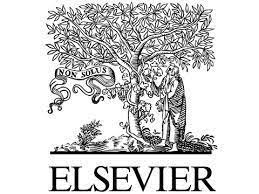DETECTION OF PRODUCTS AFTER DEGRADATION OF PYRETHROID PESTICIDE Λ-CYHALOTHRIN (25% EC) USING SOIL MICROORGANISMS
DOI:
https://doi.org/10.84761/cmaqtb12Abstract
λ-Cyhalothrin is used extensively throughout the year, almost everywhere, to kill the pests that affects the crop yield. Excessive use of λ-Cyhalothrin results in soil and water pollution, thus affecting soil microflora and the aquatic flora and fauna. Thus, removal of λ- Cyhalothrin is particularly important. Different physical and chemical methods are available for the λ-Cyhalothrin removal but such methods need lot of time and very expensive. So, microbial degradation of λ-Cyhalothrin is important. The present study aimed to isolate and identify λ-Cyhalothrin degrading organisms, detection of the λ-Cyhalothrin degradation product by GC- MS analysis and to study the tolerance of the organism in various concentrations of λ-Cyhalothrin. In the present study, the bacteria are isolated from the soil, which is contaminated with λ-Cyhalothrin, organisms were characterised, identified and then used for in vitro degradation of λ-Cyhalothrin. After degradation, the metabolites were identified and confirmed by GC-MS analysis. λ-Cyhalothrin degrading microorganism was isolated and identified as Bacillus stercoris JCM 30051(T). This microorganism degraded 150mg/lit λ-Cyhalothrin and the λ-Cyhalothrin degradation products were detected and identified by comparing with the standard database. Residual λ-Cyhalothrin concentration was decreased with time in the test indicating λ-Cyhalothrin degradation ability of the Bacillus stercoris JCM 30051(T).









